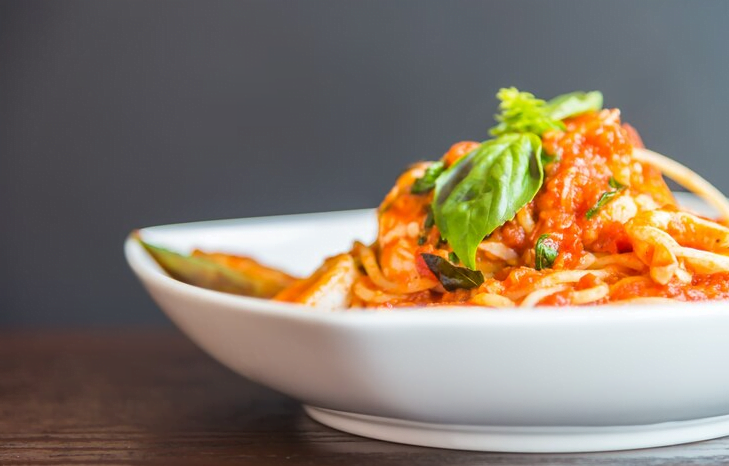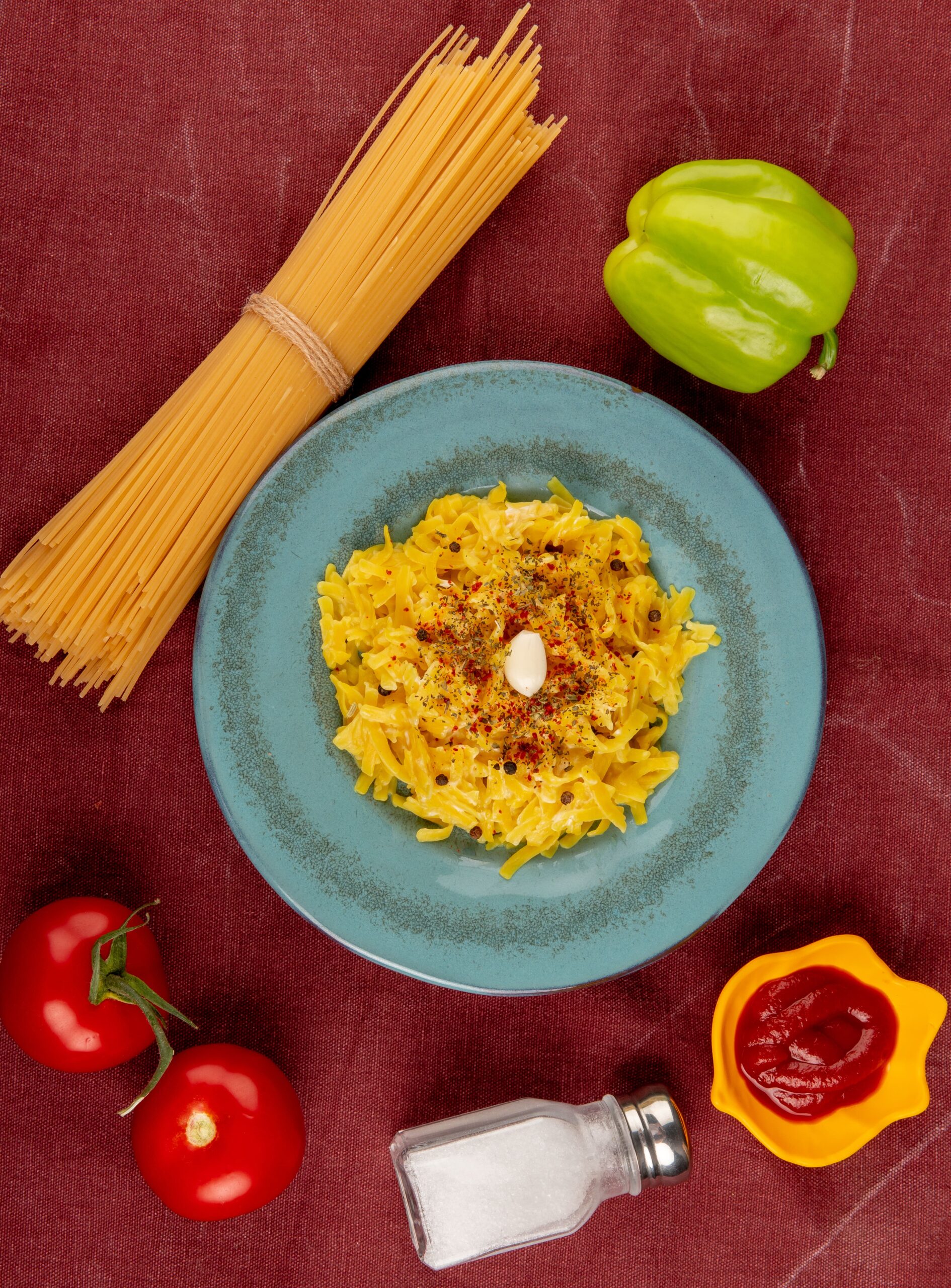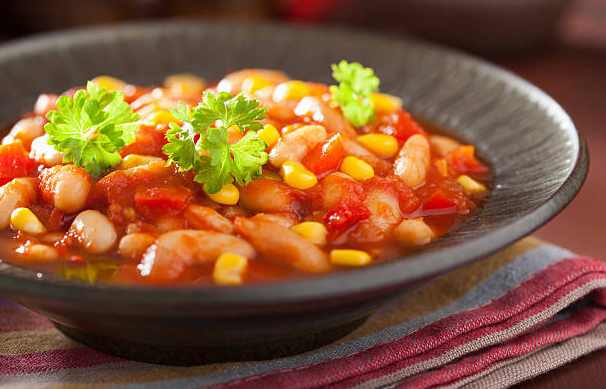Traditional Italian Pasta Fagioli Recipe

Pasta Fagioli, also known as Pasta and Beans, is a classic Italian recipe that originated in the southern region of Italy. This hearty and comforting dish is made with pasta, beans, vegetables, and tomatoes, all combined in a flavorful broth. In this article, we will explore the traditional Italian Pasta Fagioli recipe, its history, and variations.
Read Also: Protein Pasta Salad Recipe
Table of Contents
History of Pasta Fagioli
Pasta Fagioli has its roots in the peasant cuisine of southern Italy, where it was made with simple and affordable ingredients. The dish was originally cooked in a large pot over an open flame, and was served as a main course for the entire family. Over time, Pasta Fagioli spread throughout Italy, and different regions developed their own variations of the recipe.

Traditional Italian Pasta Fagioli Recipe
Creating a traditional Pasta e Fagioli is a labor of love, requiring patience and attention to detail. Here’s a step-by-step guide to making this classic Italian dish:

Traditional Italian Pasta Fagioli Recipe
Description
Pasta Fagioli is a hearty, comforting Italian dish made with tender beans, al dente pasta, and a rich tomato sauce. This classic recipe is slow-cooked to perfection, blending the flavors of onions, garlic, carrots, and celery with the creaminess of beans and the tanginess of tomatoes. A satisfying and nourishing meal that warms the soul.
Ingredients
Instructions
- Cook the Beans:
Rinse the dried borlotti beans and soak them in water for at least 8 hours or overnight. Drain and rinse the beans again, then transfer them to a large pot. Add enough water to cover the beans and bring to a boil. Reduce the heat to low and simmer for 1 hour, or until the beans are tender. - Sauté the Vegetables:
Heat olive oil in a large saucepan over medium heat. Add the chopped onion, garlic, carrots, and celery, and cook until the vegetables are tender, about 10 minutes. - Add the Tomato Sauce and Beans:
Add the crushed tomatoes, basil, oregano, salt, and pepper to the saucepan. Stir to combine, then add the cooked beans and their broth. Bring the mixture to a boil, then reduce the heat to low and simmer for 20 minutes. - Cook the Pasta:
Bring a large pot of salted water to a boil. Cook the pasta shapes according to the package instructions until they are al dente. Reserve 1 cup of pasta water before draining the pasta. - Combine the Pasta and Sauce:
Add the cooked pasta to the saucepan with the tomato sauce and beans. Toss to combine, adding some reserved pasta water if the sauce seems too thick.
Notes
- While the traditional Pasta Fagioli recipe is delicious on its own, there are many variations that you can try to suit your taste. Some ideas include:
- – Adding ground beef or pork to the sauce for added protein
- – Using different types of pasta, such as spaghetti or rigatoni
- – Adding other vegetables, such as zucchini or bell peppers
- – Using canned beans instead of dried beans
- – Adding a sprinkle of red pepper flakes for some heat
Regional Variations
Pasta e Fagioli’s versatility allows for numerous regional variations across Italy, each offering a unique twist on the classic recipe. Here are a few notable examples:
Venetian Pasta e Fagioli
In the Veneto region, Pasta e Fagioli is often made with borlotti beans and features a thicker consistency, almost resembling a stew. This version typically includes the addition of potatoes and sometimes even a splash of white wine to enhance the flavor.
Tuscan Pasta e Fagioli
Tuscany’s version, known as “Fagioli all’Uccelletto,” is distinguished by the use of cannellini beans and a generous amount of garlic and sage. It is traditionally cooked in a terracotta pot, which helps develop a deep and rich flavor. This variation often omits the pasta, focusing instead on the creamy beans.
Neapolitan Pasta e Fagioli
In Naples, the dish is known as “Pasta Fazool” and commonly features small pasta like ditalini. The Neapolitan version is characterized by the use of a sofrito base (a mixture of onions, carrots, and celery sautéed in olive oil) and sometimes includes pancetta for added depth.
Roman Pasta e Fagioli
Rome’s take on Pasta e Fagioli often incorporates guanciale (cured pork cheek) and Pecorino Romano cheese. This version tends to be heartier and more robust, reflecting the bold flavors typical of Roman cuisine.
Nutritional Benefits
Beyond its comforting taste and cultural significance, Pasta e Fagioli is also a nutritious choice, offering several health benefits:
Protein and Fiber
Beans are a rich source of plant-based protein and dietary fiber, essential for muscle repair and digestive health. The combination of beans and pasta provides a complete protein profile, making it an excellent option for vegetarians.
Vitamins and Minerals
The dish is packed with essential vitamins and minerals, including iron, magnesium, potassium, and folate from the beans, as well as vitamins A and C from the vegetables. These nutrients support various bodily functions, from maintaining healthy blood cells to boosting the immune system.
Low in Fat
When prepared with minimal added fats and lean ingredients, Pasta e Fagioli can be a heart-healthy meal. The use of olive oil, a source of monounsaturated fats, further enhances its health benefits by promoting good cholesterol levels.
Nutritional Information (per serving)
- Calories: 450-500
- Protein: 25-30g
- Fat: 15-20g
- Saturated Fat: 3-4g
- Carbohydrates: 60-70g
- Fiber: 10-12g
- Sugar: 10-12g
- Sodium: 400-500mg
Macro-nutrient Breakdown:
- Carbohydrates: 55-60%
- Protein: 20-25%
- Fat: 20-25%
Note: The nutritional information is an estimate and may vary based on specific ingredients and portion sizes.
FAQs
What type of beans can I use instead of borlotti beans?
You can use cannellini beans, Great Northern beans, or Navy beans as substitutes
Can I use canned beans instead of dried beans?
Yes, you can use canned beans, but the flavor and texture may be slightly different.
What type of pasta is best for Pasta Fagioli?
Small, tubular pasta shapes like ditalini, elbow macaroni, or small shells work well.
Is Pasta Fagioli gluten-free?
Yes, Pasta Fagioli is gluten-free if you use gluten-free pasta.
What are some variations of Pasta Fagioli?
Some variations include adding spinach, kale, or other vegetables, using different types of tomatoes, or adding a sprinkle of Parmesan cheese.
Conclusion
Pasta Fagioli is a hearty and flavorful Italian recipe that is perfect for a comforting meal. With its rich history and versatility, this dish is sure to become a favorite in your household. Whether you stick to the traditional recipe or try one of the many variations, Pasta Fagioli is a delicious and satisfying meal that will leave you feeling full and content.
